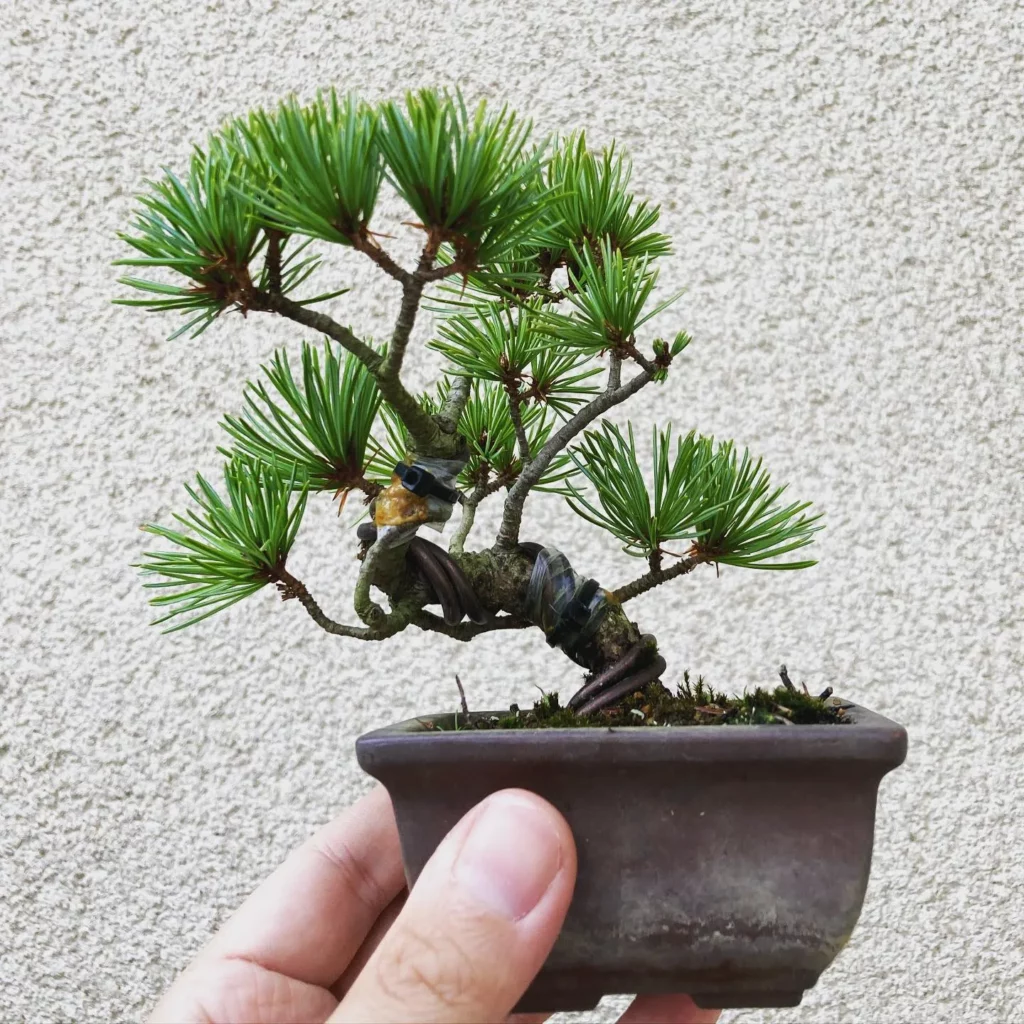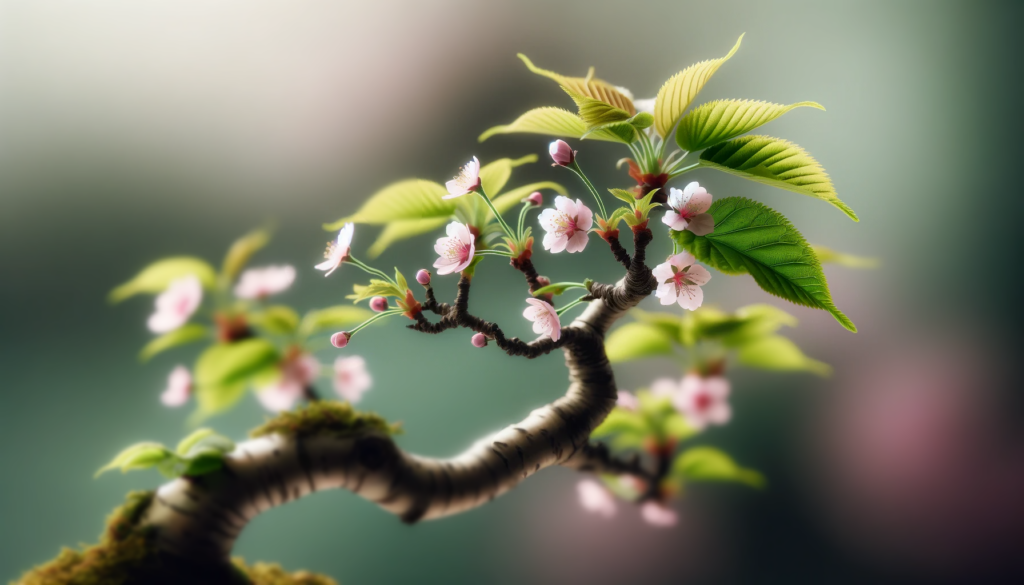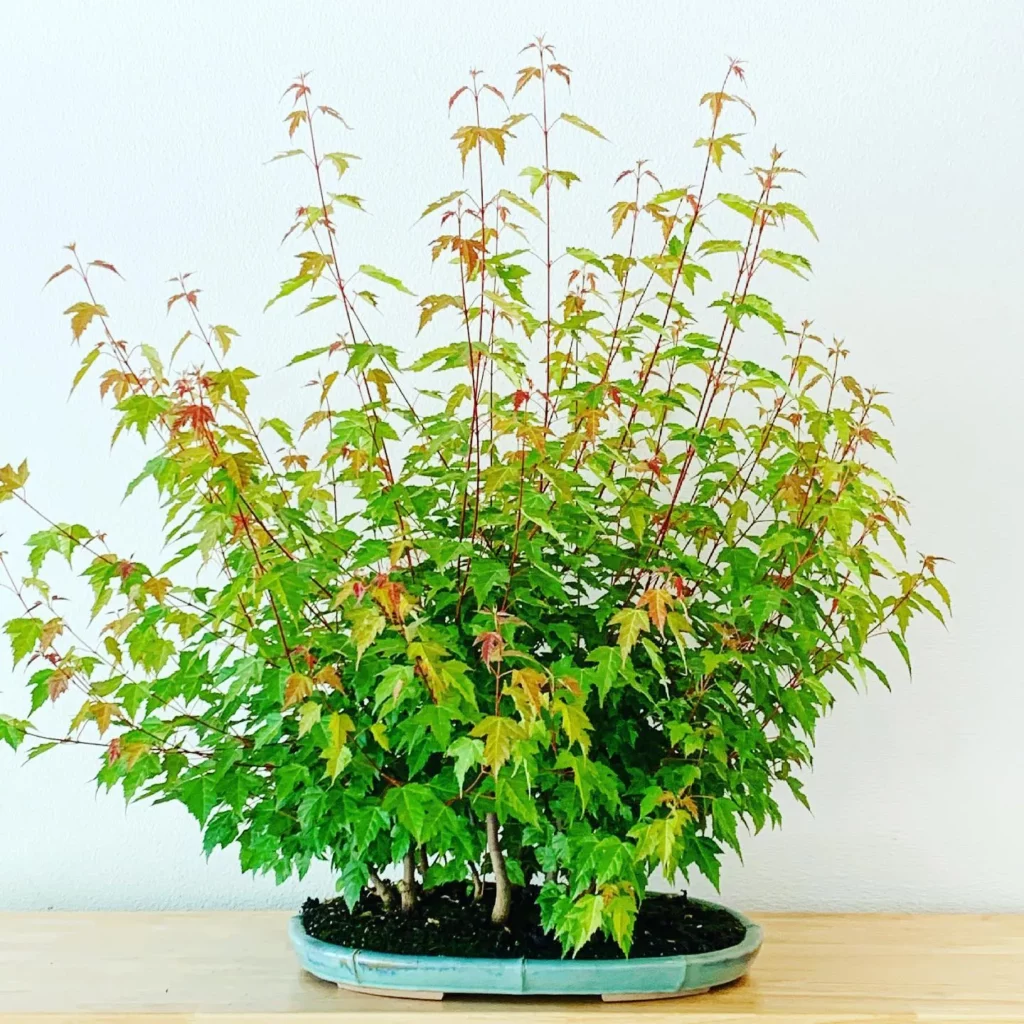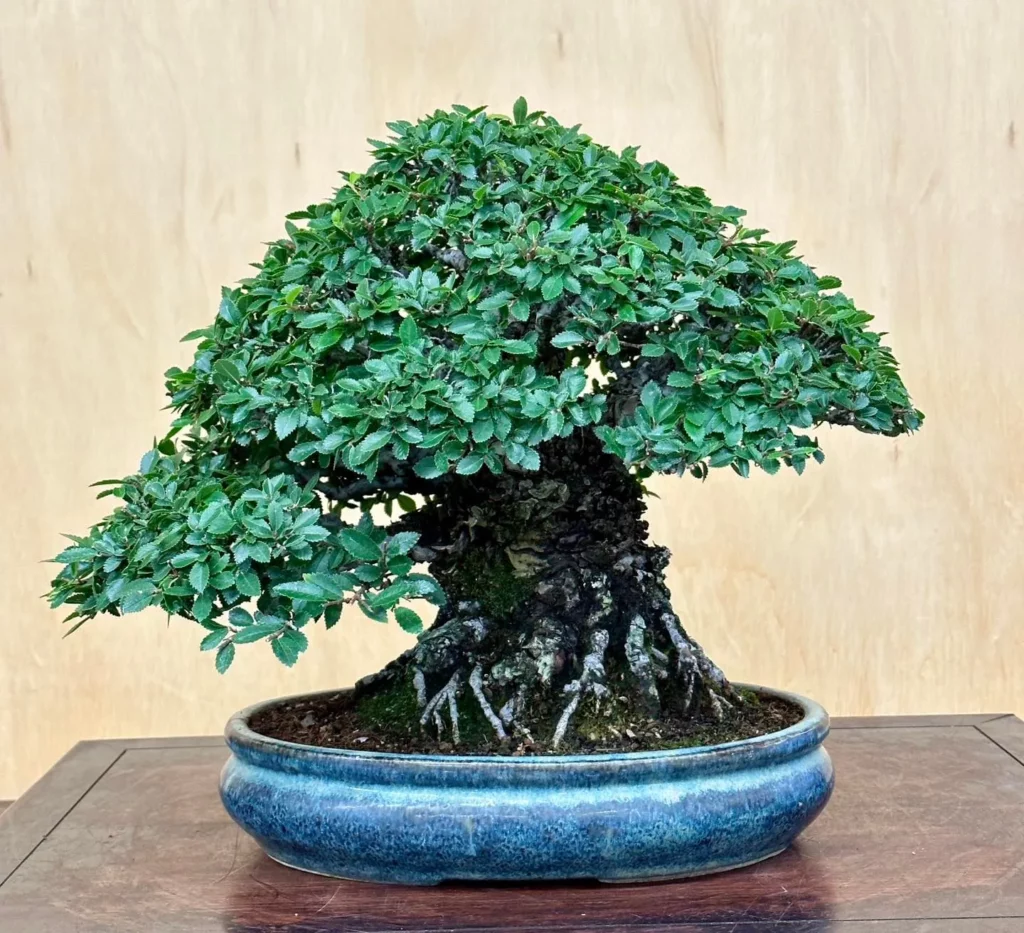Welcome to the world of bonsai, where the art of cultivation meets the mastery of nature. Growing and caring for bonsai trees is a rewarding and fulfilling endeavor that allows you to create miniature works of art in your own home. In this article, we will share essential bonsai tree tips to help you achieve successful bonsai cultivation and unlock the secrets of bonsai mastery.
The History and Significance of Bonsai Trees

Bonsai trees have a rich history and hold deep cultural significance. The art of bonsai cultivation originated in Japan, influenced by Chinese Zen Buddhists. Even in ancient times, bonsai trees were highly valued and regarded as works of art. They represent Japanese aesthetics and principles unique to Eastern thought.
Bonsai trees are visually appealing and intellectually stimulating, reflecting the concepts of Zen Buddhism and wabi-sabi. The meticulous cultivation and careful shaping of these miniature trees embody the harmony between humans and nature. By nurturing a bonsai tree, one can achieve a sense of tranquility and connection with the natural world.
No products found.
The History of Bonsai
- The practice of growing and shaping trees in containers can be traced back over a thousand years.
- Originally, bonsai trees were enjoyed by aristocrats in China as a symbol of wealth and refinement.
- The art of bonsai cultivation was later introduced to Japan, where it found its home and flourished.
- Japanese bonsai masters refined the techniques and aesthetics of bonsai, elevating it to a revered art form.
The Significance of Bonsai
- Bonsai trees hold deep cultural and spiritual significance in Japan, representing harmony, longevity, and balance.
- They are considered a bridge between the human and natural worlds, symbolizing the interplay between humans and nature.
- Bonsai cultivation requires patience, discipline, and an understanding of the natural world, reflecting the principles of Zen Buddhism.
- By tending to a bonsai tree, individuals can cultivate mindfulness, tranquility, and a deeper appreciation for the beauty of nature.
Understanding the Techniques of Bonsai Cultivation

When it comes to bonsai cultivation, there are several key techniques that every cultivator should understand. These techniques are essential for shaping and maintaining the bonsai trees, ensuring their health and aesthetic appeal.
1. Pruning: Pruning is a crucial technique in bonsai care. By carefully trimming the foliage, you can shape the bonsai tree according to your desired style and accentuate its trunk. It is important to remove unnecessary branches to create a more refined appearance and maintain the overall balance of the tree.
2. Specialized Tools: Using specialized tools is essential for precise and effective bonsai pruning. Tools like concave cutters help minimize scarring and promote proper healing after pruning. These tools ensure clean cuts, allowing the tree to recover quickly and maintain its health.
3. Bark Manipulation: Some cultivators go beyond pruning and manipulate the bark of the bonsai tree to give it a weathered and aged appearance. Techniques like peeling, scraping, or using lime sulfur solutions can add character and depth to the tree, enhancing its overall visual appeal.
4. Creating Asymmetry: Asymmetry is highly valued in bonsai design. By strategically arranging the branches and foliage, bonsai cultivators aim to create a harmonious balance that reflects the beauty of nature. This technique adds a sense of natural elegance and aesthetic charm to the bonsai tree.
No products found.
These techniques of bonsai cultivation draw inspiration from Zen Buddhism and the concept of wabi-sabi, which emphasizes the beauty of imperfections and the acceptance of the constantly evolving nature of life. By practicing these techniques with patience and self-control, you can truly master the art of bonsai care and create breathtaking bonsai trees.
Selecting the Right Trees for Indoor Bonsai Cultivation

When it comes to growing bonsai trees indoors, choosing the right trees is crucial for their successful cultivation. While most tropical trees are well-suited for indoor environments, temperate trees that require a cool dormancy period are not suitable. To ensure the health and vitality of your indoor bonsai, it is recommended to select tropical tree species that can thrive in indoor conditions.
Here are some popular choices for indoor bonsai cultivation:
- Ficus: The ficus bonsai is a versatile tree that can adapt well to indoor environments. It is known for its attractive aerial roots and glossy leaves, making it a favorite among bonsai enthusiasts.
- Schefflera: Also known as the umbrella tree, schefflera is an excellent option for indoor bonsai cultivation. It has vibrant green foliage and can tolerate low light conditions, making it ideal for indoor spaces.
- Portulacaria: The portulacaria bonsai, also known as the miniature jade or elephant bush, is a succulent-like tree with small round leaves. It is highly resistant to drought and can tolerate dry indoor conditions.
The Importance of Light in Bonsai Tree Care
Adequate light is crucial for the successful growth of bonsai trees. While some natural light from windowsills may be sufficient, supplemental artificial lighting, such as plain old fluorescent lights, is often necessary for indoor bonsai cultivation. The leaves of bonsai trees should be positioned close to the light source to ensure proper absorption of light energy.
Adequate lighting helps trees grow and develop, and it is especially important for indoor growers to provide the necessary light intensity for their bonsai trees.
Mastering Bonsai Tree Care as a Daily Practice
To become proficient in bonsai tree care, it is essential to make it a daily practice. Regularly tending to your bonsai tree allows you to develop a deeper understanding of its growth patterns, signaling when it needs water, fertilizer, or pruning. Spending time observing and caring for your bonsai tree enables you to detect any issues or pests early on and take prompt corrective action. By making bonsai care a part of your daily routine, you can ensure the health and vitality of your tree.
To master the art of bonsai tree care, here are some daily practices you should incorporate into your routine:
- Observing: Take a few moments each day to carefully observe your bonsai tree. Look for any signs of stress, such as wilted leaves or discoloration. Observe the growth patterns of the branches and foliage, noting any changes or irregularities.
- Watering: Bonsai trees have specific watering needs, and it is crucial to provide them with the right amount of moisture. Check the soil regularly by inserting your finger into it. If it feels dry up to the first knuckle, it’s time to water your tree. Use a watering can or a gentle spray to thoroughly moisten the soil.
- Fertilizing: Bonsai trees require regular feeding to ensure they receive essential nutrients. Use a balanced bonsai fertilizer and follow the recommended dosage instructions. Apply the fertilizer evenly to the soil surface, avoiding direct contact with the foliage.
- Pruning: Regular pruning is necessary to maintain the shape and health of your bonsai tree. Use sharp bonsai pruning shears to remove dead or diseased branches. Trim back excessive growth to maintain the desired form and size.
Timing and Seasonal Care in Bonsai Tree Maintenance
Timing is crucial when it comes to caring for your bonsai tree. To ensure the health and success of your tree, it’s essential to follow its seasonal care requirements. By mimicking the natural rhythm of trees, you can provide the optimal conditions for your bonsai’s growth and development.
Here are some key aspects of seasonal care in bonsai maintenance:
1. Repotting:
Repotting is an important task in bonsai tree maintenance, as it allows you to refresh the soil and promote healthy root growth. It’s typically done every two to three years, depending on the tree’s growth rate. Springtime is the ideal season for repotting most bonsai trees, as it coincides with their period of active growth.
2. Fertilizing:
Fertilizing your bonsai tree is crucial for providing essential nutrients and promoting vigorous growth. The timing and frequency of fertilization depend on the specific tree species. Generally, bonsai trees should be fertilized from spring to early autumn when they are actively growing. Slow-release organic fertilizers or liquid fertilizers diluted to half the recommended strength are typically used.
3. Winter Care:
Different bonsai tree species have varying winter care requirements based on their hardiness. Some trees need protection from frost and freezing temperatures, while others require a dormant period to prepare for spring growth. Understanding your tree’s specific needs is crucial for providing the appropriate winter care, whether it’s protecting it from extreme cold or providing a dormant period.
Outdoor vs. Indoor Bonsai Cultivation
While bonsai trees can be grown both outdoors and indoors, they thrive best in their natural environment. Outdoor bonsai cultivation allows the trees to experience the elements and conditions they require for optimal growth. The fresh air, natural sunlight, and seasonal changes contribute to the overall health and vitality of outdoor bonsai trees.
However, if you have limited outdoor space or live in a region with harsh weather conditions, indoor bonsai cultivation is a viable option. Growing bonsai trees indoors allows you to have more control over the environment, providing consistent temperature, humidity, and lighting conditions.
When choosing to cultivate bonsai trees indoors, it is important to select tree species that are suitable for indoor environments. Tropical trees, such as Ficus, Schefflera, and Portulacaria, are well-suited for indoor bonsai cultivation due to their adaptability to indoor conditions.
If you decide to cultivate bonsai trees outdoors, you can select a wider variety of tree species based on the climate and native trees in your region. Some popular outdoor bonsai tree species include Juniper, Pine, and Maple.
Benefits of Outdoor Bonsai Cultivation:
- Exposure to natural elements promotes healthier growth and a more authentic bonsai experience.
- Seasonal changes contribute to the aesthetic appeal and overall health of the bonsai trees.
- More options for choosing tree species based on the local climate and outdoor growing conditions.
Advantages of Indoor Bonsai Cultivation:
- You have more control over the growing conditions, including temperature, humidity, and lighting.
- Suitable for those with limited outdoor space or living in regions with unfavorable weather conditions.
- Tropical tree species can thrive indoors, adding variety to your bonsai collection.
Using the Right Tools for Bonsai Tree Care

When it comes to caring for your bonsai trees, using the right tools is essential. Tools like pruning shears and concave cutters play a crucial role in ensuring clean and precise pruning, minimizing any damage to the tree. These tools allow you to shape your bonsai with precision, creating the desired aesthetic. By investing in high-quality pruning shears, you can confidently trim and shape your bonsai trees, helping them thrive and flourish.
No products found.
In addition to pruning shears, root rakes are another valuable tool for bonsai tree care. These tools assist with soil maintenance and repotting, allowing you to amend the soil composition and ensure adequate drainage for your bonsai trees. Proper soil maintenance is crucial to providing the optimal growing conditions for your trees, promoting healthy root development and overall vitality.
Training wire is also an indispensable tool in bonsai tree care. It enables you to shape and direct the growth of branches, helping you achieve the desired design and structure for your bonsai. By gently wrapping the training wire around branches, you can guide their growth and create unique and aesthetically pleasing designs. Training wire is an effective tool for bonsai enthusiasts who want to explore different styles and create stunning visual compositions.
Having the right tools in your bonsai care kit empowers you to perform necessary tasks with precision and confidence. From pruning shears and root rakes to training wire, each tool serves a specific purpose in the care and maintenance of your bonsai trees. By equipping yourself with these tools, you can effectively care for your bonsai trees, ensuring their health, beauty, and longevity.
After this check out our other articles on:
FAQ
What is bonsai cultivation?
Bonsai cultivation is an ancient art that involves manipulating the growth and appearance of small trees to make them look like older, larger ones.
Where did bonsai cultivation originate?
Bonsai cultivation originated in East Asia, particularly in Japan.
Why are bonsai trees considered works of art?
Bonsai trees are considered works of art because they require specific care and attention to thrive and reflect Japanese aesthetics and principles unique to Eastern thought.
What techniques are involved in bonsai cultivation?
Bonsai cultivation involves techniques such as pruning, shaping, manipulating the bark, and creating a harmonious arrangement of branches.
What trees are suitable for indoor bonsai cultivation?
Tropical trees such as Ficus, Schefflera, and Portulacaria are suitable for indoor bonsai cultivation.
How important is light for bonsai tree growth?
Adequate light is crucial for the successful growth of bonsai trees, and supplemental artificial lighting may be necessary for indoor cultivation.
How often should I care for my bonsai tree?
Regularly tending to your bonsai tree as part of your daily routine allows you to develop a deeper understanding of its growth patterns and address its specific needs.
What role does timing play in bonsai tree maintenance?
Timing is critical in bonsai tree maintenance, as it involves knowing when to repot, fertilize, or prepare for winter dormancy.
Can bonsai trees be grown indoors and outdoors?
Yes, bonsai trees can be grown both indoors and outdoors, although they thrive best in their natural environment.
What tools are essential for bonsai tree care?
Essential tools for bonsai tree care include pruning shears, concave cutters, root rakes, and training wire.




